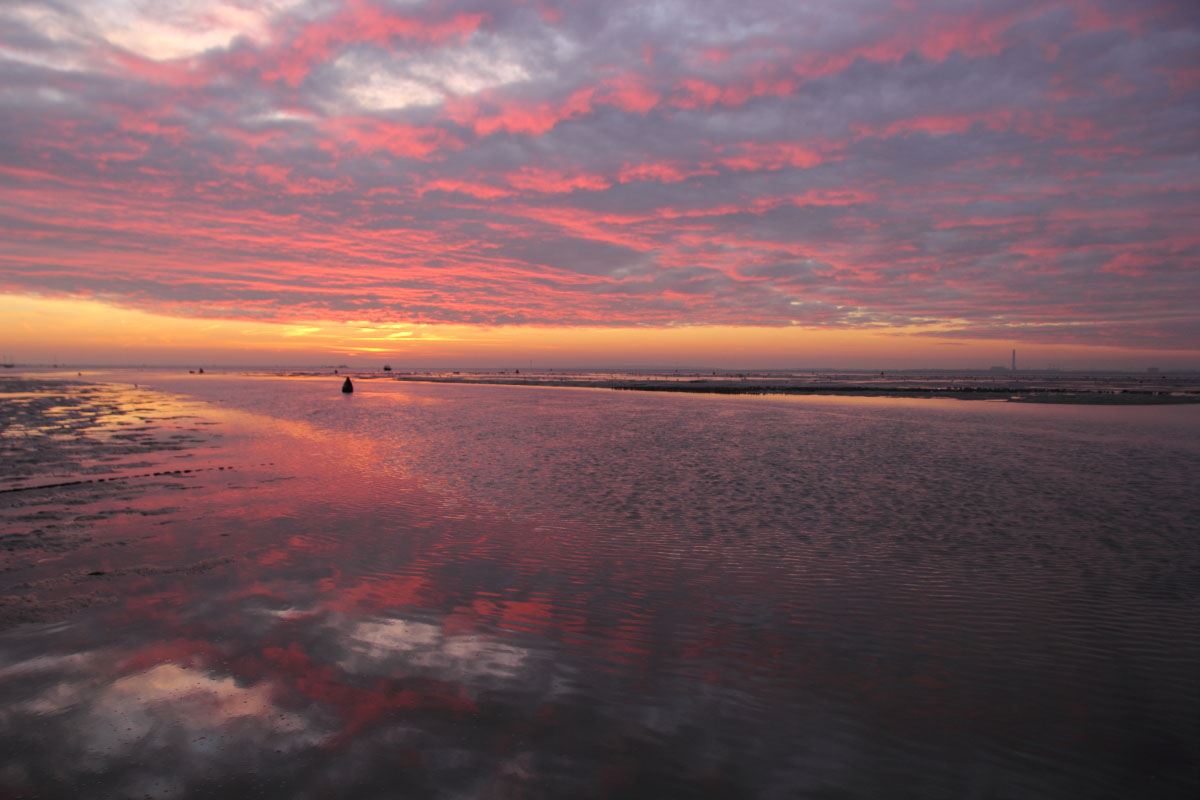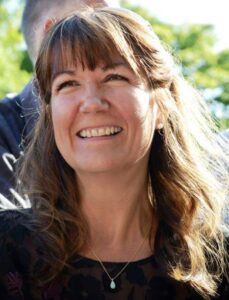Yet the reality is that partnership is hard. It requires a wide range of behaviours, such as trust, honesty, ambition, curiosity, careful curation, communication and yes, even sometimes a slightly less than inspiring, load of processes. Because to make partnership work and to ensure that it adds value, everyone has to work together, and has to keep working together throughout.
But why is it important to make partnership really work and how do you continue to ensure it delivers? I’ll try to explore and unpick this a bit. It’s important to note that I’m talking about a not-for-profit (non-commercial) partnership – a partnership that draws on public funding for public good and mutual organisational benefit.
I am a great believer in partnerships being ambitious – and Creative Estuary is no small example of this. We have big hopes that over the next two years we will be able to put in place all the foundations and momentum to continue the project and establish Creative Estuary/Thames Estuary Production Corridor as a “business as usual” state for the region. In 15 years I want us to still be attracting, retaining and developing the creative industries.
With such ambition comes complexity but through our partnership this can be successfully overcome. A partnership can bring together experts and experience to support in achieving its goal. Just look at our champions or spark leads; each brings unique insight and experience that we need. Their knowledge, which is continuingly growing as they progress with their day jobs, is invaluable.
We’ve all heard of, and probably experienced, group think or echo chambers. No one sets out to create one but they can often mean there is limited innovation or challenges to the norm. By working in a partnership comprising organisations and people from different sectors whose days and careers are very different from one another, there is no norm so innovation is widespread.
With Creative Estuary we have a lot to get done against an aggressive timeline. We are confident that we can achieve all that we need to (and maybe more) but we won’t do that in isolation. By working in our partnership, we can ensure that we both utilise and maximise the expertise of our partners and champions who leading specific work streams and then also concurrently bring this expertise together to support one another and achieve more than working in silos.
In order to get momentum behind Creative Estuary we need a lot of people and organisations to be aware of it. And I don’t just mean those who already live and work in the Thames Estuary, I am referring to developers, investors, parents, students, owners of creative businesses and many more. By working in partnership we can reach more people. And reach these people in different and multiple ways – increasing levels of understanding and curiosity.
We are stronger together, we are smarter together and we are successful together. Creative Estuary is not just a great place for making, it is a great place for working in partnership to achieve incredible feats. Though Henry Ford wasn’t writing about not-for-profit partnership his words have never been truer:


Sarah Dance
Chair, Creative Estuary
Sarah Dance is a strategic consultant for the culture and creative industries, with over 25 years’ experience in the creative sector. She has led a wide range of cultural organisations and set up her own consultancy in 2002. Her work covers business and capital development, creative production, organisational change development, and leadership mentoring.
In addition to her consultancy work and her Deputy Chairship of South East Local Enterprise Partnership, she is Co-Chair of the South East Creative Economy Network and Chair of Creative Estuary and has led the visioning of Thames Estuary Production Corridor. She is on the Civic University Network Advisory Group and UAL Advisory Group for their UKRI funded Modelling and supporting recovery of the UK’s experience economy. She is also a fellow of the Royal Society of Arts.